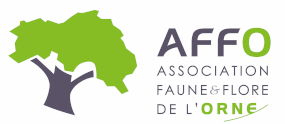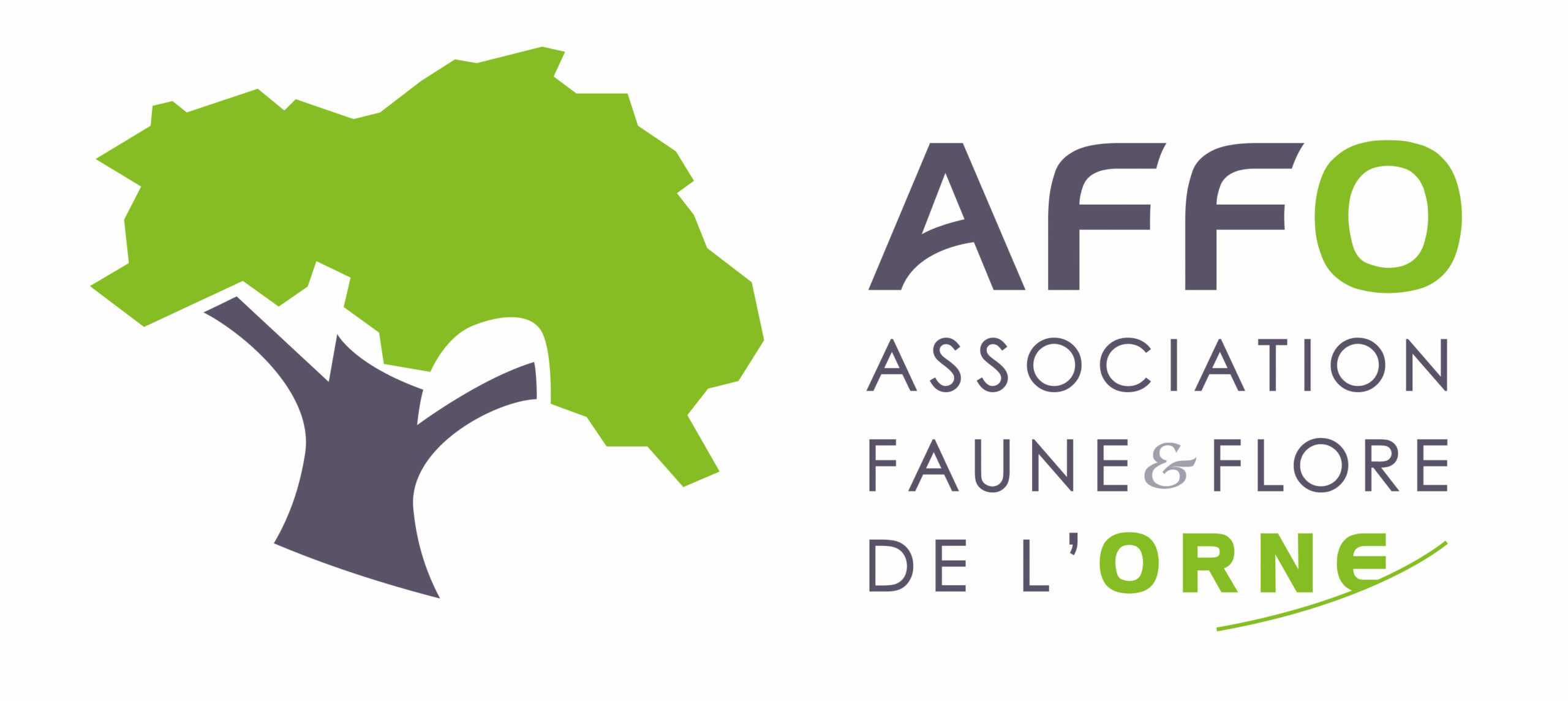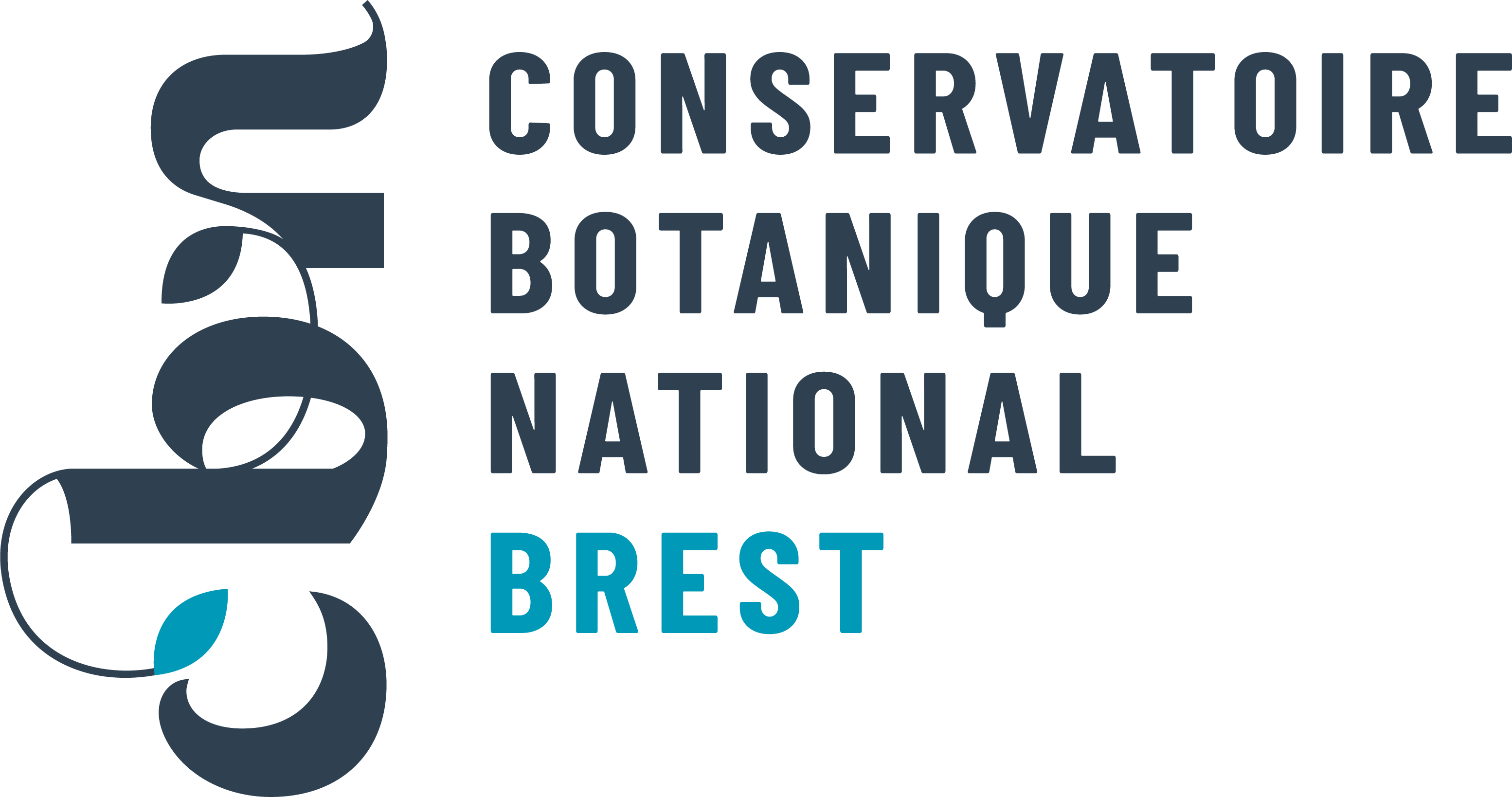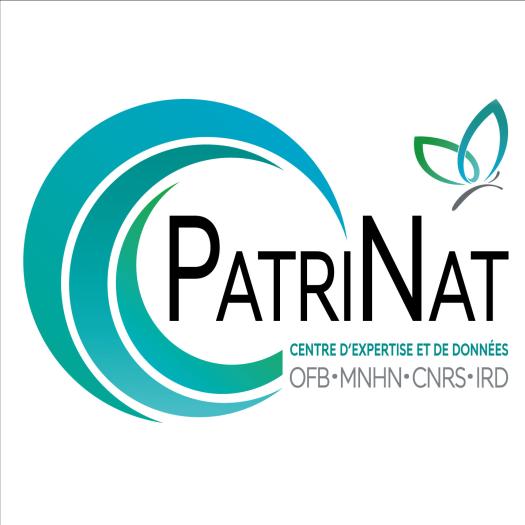Sapin blanc
Abies alba Mill., 1768
Où cette espèce a-t-elle été observée ?
 Attention : cette espèce peut être présente où il n’y a pas de maille, mais à ce jour elle n’y a pas encore été observée.
Attention : cette espèce peut être présente où il n’y a pas de maille, mais à ce jour elle n’y a pas encore été observée.
- 213 observations
-
56
communes -
24
observateurs
9
organismes -
Première observation
1900 -
Dernière observation
2025
Authon-du-Perche - Beaulieu - Beaumont-les-Autels - Belforêt-en-Perche - Bellavilliers - Bonsmoulins - Bretoncelles - Champeaux-sur-Sarthe - Chapelle-Guillaume - Charencey - Comblot - Corbon - Coudray-au-Perche - Courgeoût - Cour-Maugis sur Huisne - Crulai - Digny - Feings - Irai - La Chapelle-Souëf - La Ferté-Vidame - La Ventrouze - Le Mage - Le Pin-la-Garenne - Les Aspres - Les Genettes - Les Ressuintes - L'Hôme-Chamondot - Loisail - Longny les Villages - Mortagne-au-Perche - Moutiers-au-Perche - Parfondeval - Perche en Nocé - Pervenchères - Pouvrai - Rémalard en Perche - Sablons sur Huisne - Saint-Aquilin-de-Corbion - Saint-Aubin-de-Courteraie - Saint-Cyr-la-Rosière - Saint-Denis-sur-Huisne - Sainte-Céronne-lès-Mortagne - Saint-Germain-de-Martigny - Saint-Hilaire-le-Châtel - Saintigny - Saint-Mard-de-Réno - Saint-Martin-des-Pézerits - Saint-Martin-du-Vieux-Bellême - Saint-Ouen-de-Sécherouvre - Saint-Pierre-la-Bruyère - Senonches - Soligny-la-Trappe - Souancé-au-Perche - Tourouvre au Perche - Villiers-sous-Mortagne
-
Association Faune & Flore de l'Orne (AFFO)
Participation à 136 Observations
Part d'aide à la prospection : 63.85 %
Fiche organisme
-
Conservatoire Botanique National de Brest (CBNB)
Participation à 66 Observations
Part d'aide à la prospection : 30.99 %
Fiche organisme
-
PNR et géoparc mondial UNESCO Normandie-Maine
Participation à 64 Observations
Part d'aide à la prospection : 30.05 %
Fiche organisme
-
Institut national de l'information géographique et forestière (IGN)
Participation à 34 Observations
Part d'aide à la prospection : 15.96 %
Fiche organisme
-
PNR du Perche
Participation à 28 Observations
Part d'aide à la prospection : 13.15 %
Fiche organisme
-
Conservatoire botanique national du Bassin parisien (CBNBP)
Participation à 7 Observations
Part d'aide à la prospection : 3.29 %
Fiche organisme
-
UMS PatriNat (OFB-CNRS-MNHN)
Participation à 5 Observations
Part d'aide à la prospection : 2.35 %
Fiche organisme
-
Muséum national d'Histoire naturelle (MNHN)
Participation à 2 Observations
Part d'aide à la prospection : 0.94 %
Fiche organisme
-
Office national des forêts (ONF)
Participation à 1 Observation
Part d'aide à la prospection : 0.47 %
Fiche organisme
Informations espèce
Source : Biodiv'Écrins, Parc national des Écrins
G1.63 : Hêtraies neutrophiles médio-européennes
G1.64 : Hêtraies neutrophiles pyrénéo-cantabriques
G1.69 : Moesian Fagus forests
G1.6A : Hellenic Fagus forests
G1.6C221 : Illyrian low-montane acidocline fir-beech forests
G1.6C222 : Illyrian low-montane neutrophile fir-beech forests
G1.6C223 : Illyrian high-montane fir-beech forests
G1.6D2 : East Carpathian neutrophile beech forests
G1.87122 : Peri-Bohemian dyer's greenweed oak forests
G1.A164 : Peri-Carpathian lime-oak-hornbeam forests
G3.11 : Forêts neutrophiles médio-européennes à Abies
G3.12 : Sapinières à Abies alba calciphiles
G3.13 : Sapinières à Abies alba acidophiles
G3.14 : Sapinières à Abies alba corses
G3.15 : Southern Apennine Abies alba forests
G3.16 : Moesian Abies alba forests
G3.18 : Aegean Abies forests
G3.1C3 : Pessières montagnardes intra-alpines à Gaillet
G3.1C4 : Pessières montagnardes intra-alpines à hautes herbes
G3.1D1 : Subalpine spruce forests of the Bayerischer Wald
G3.1F4 : Pessières montagnardes hercynio-alpines
G3.1F5 : Dinaric spruce forests
G3.1G : Picea omorika forests
G3.1I1 : Reboisements d'Abies alba
G3.1K : Serpentine Abies alba forests
G3.4C6 : Dinaric calcicole Scots pine forests
G3.4C7 : Dinaric acidophile Scots pine forests
G3.5618 : Rhodopide Pallas' pine forests
G3.5619 : Balkan Range Pallas' pine forests
G3.E51 : Pessières à Sphaignes périalpines
Répartition actuelle en France métropolitaine
© INPN - Avertissement : les données visualisables reflètent l'état d'avancement des connaissances et/ou la disponibilité des données existantes au niveau national : elles ne peuvent en aucun cas être considérées comme exhaustives.
Répartition actuelle dans le monde
Avertissement : les données visualisables reflètent l'état d'avancement des connaissances et/ou la disponibilité des données existantes au niveau mondial : elles ne peuvent en aucun cas être considérées comme exhaustives.












